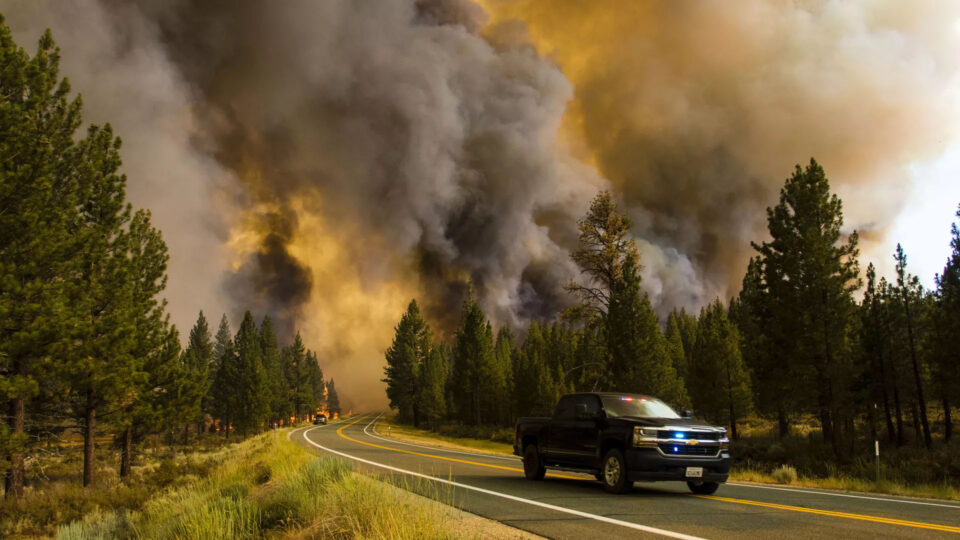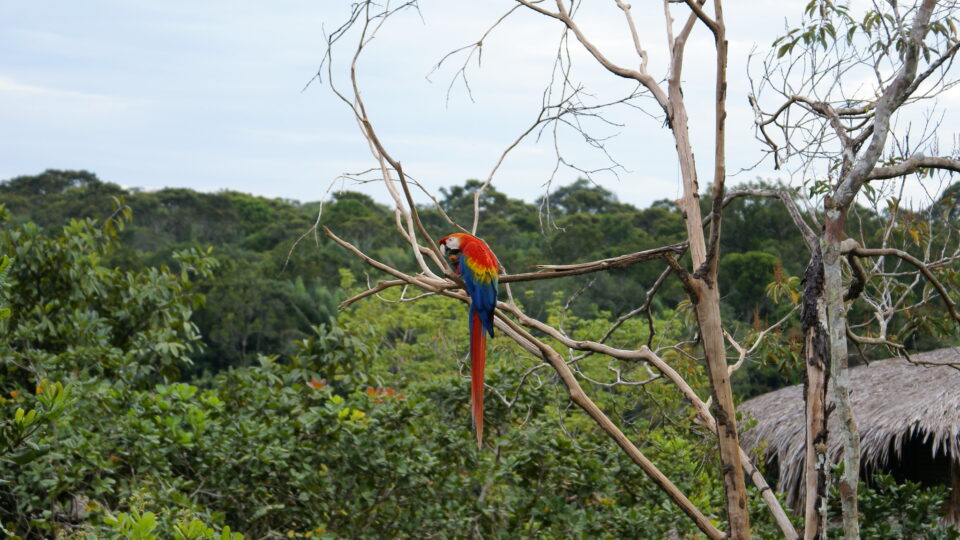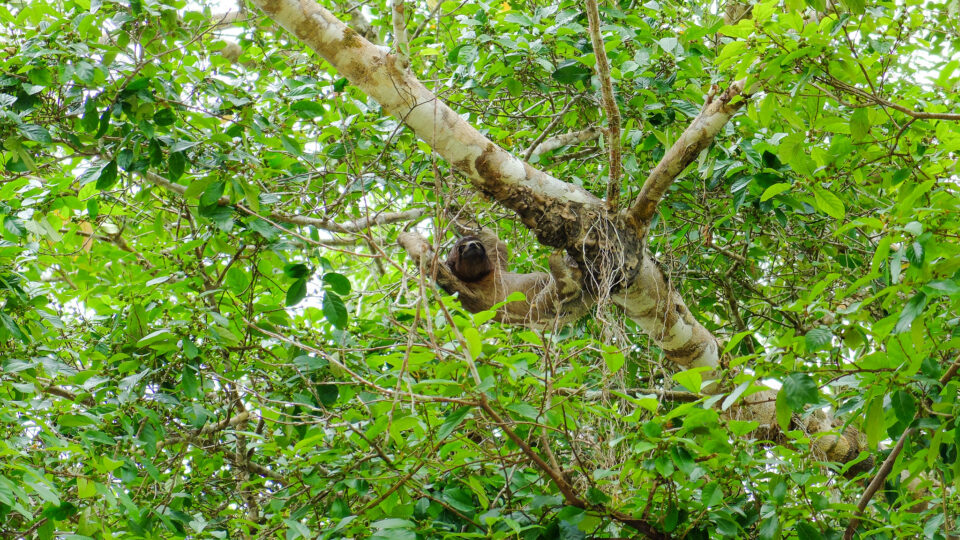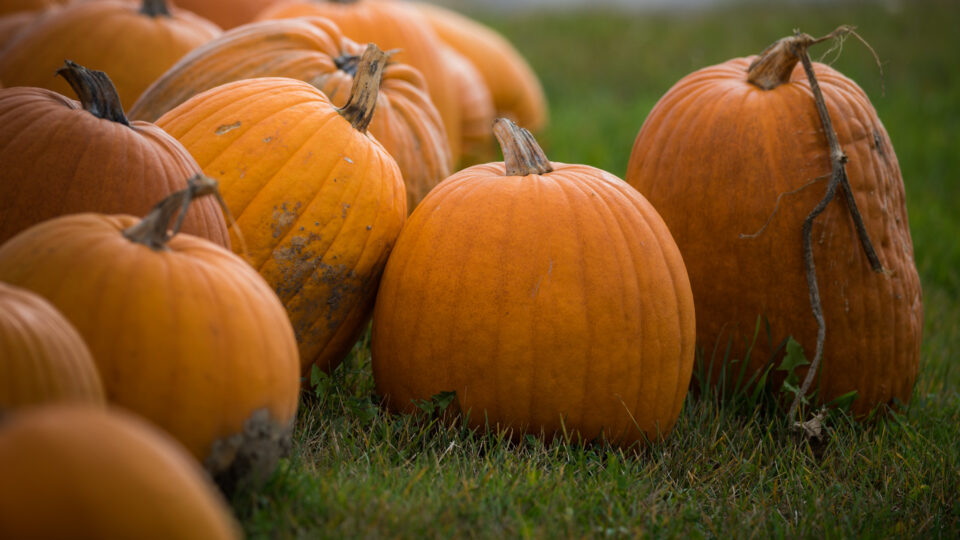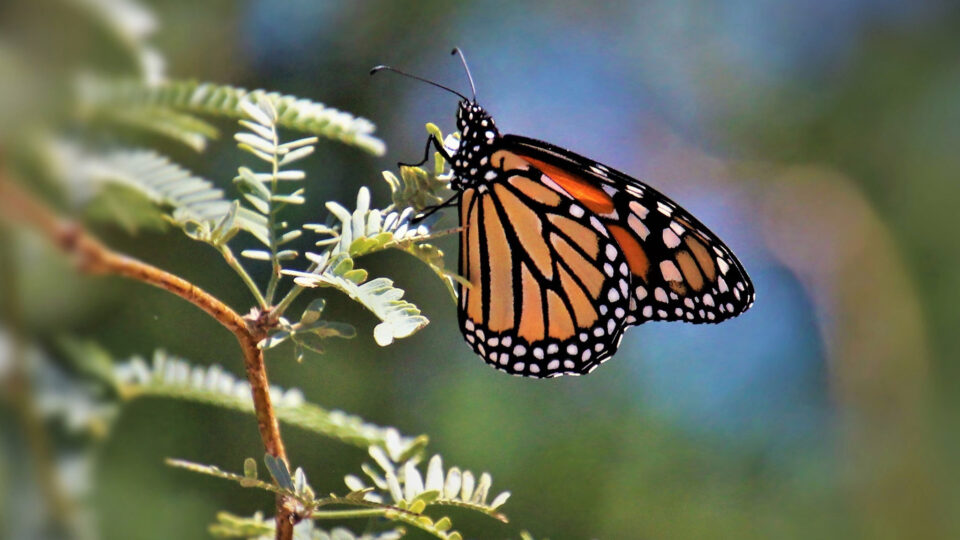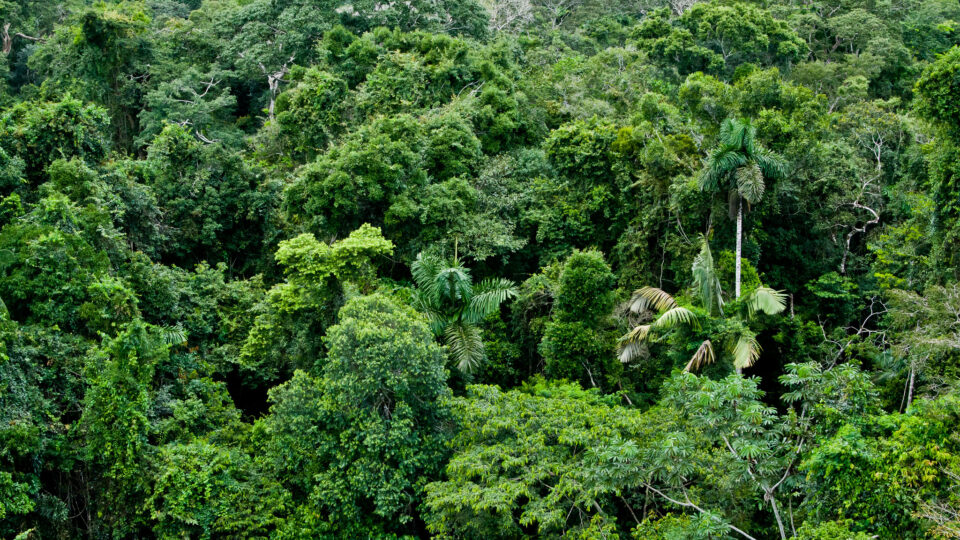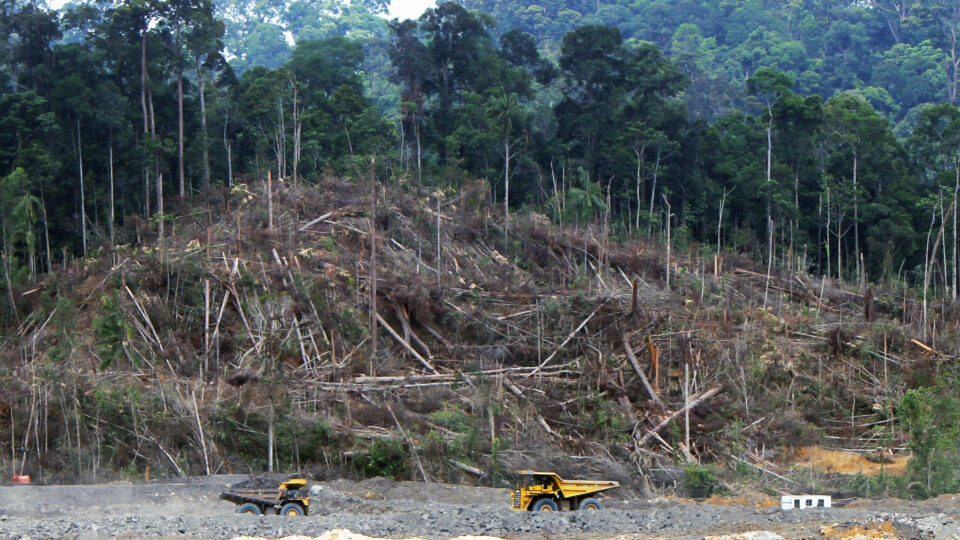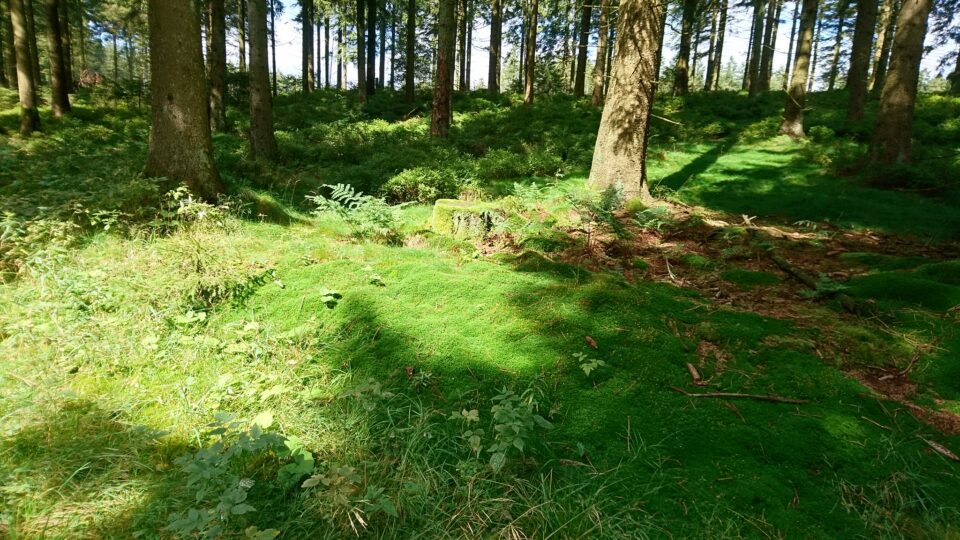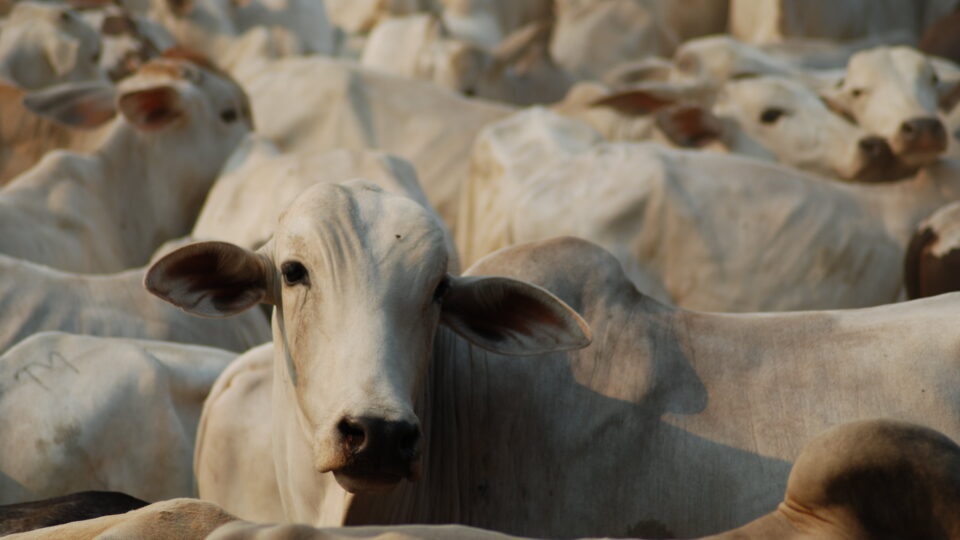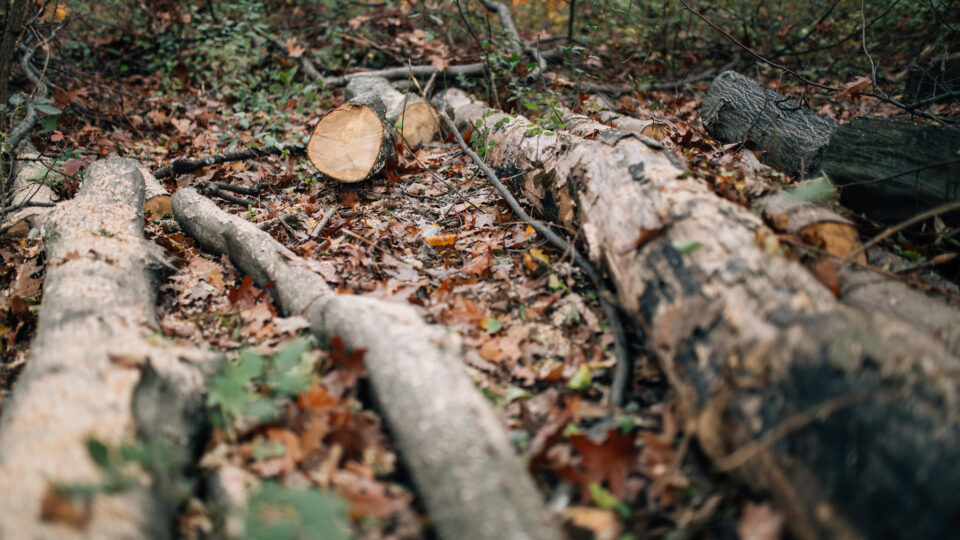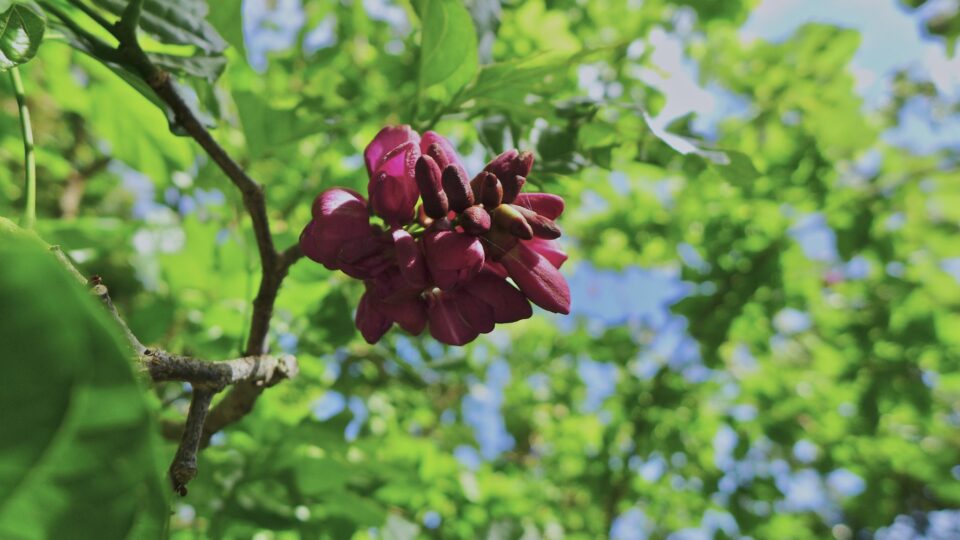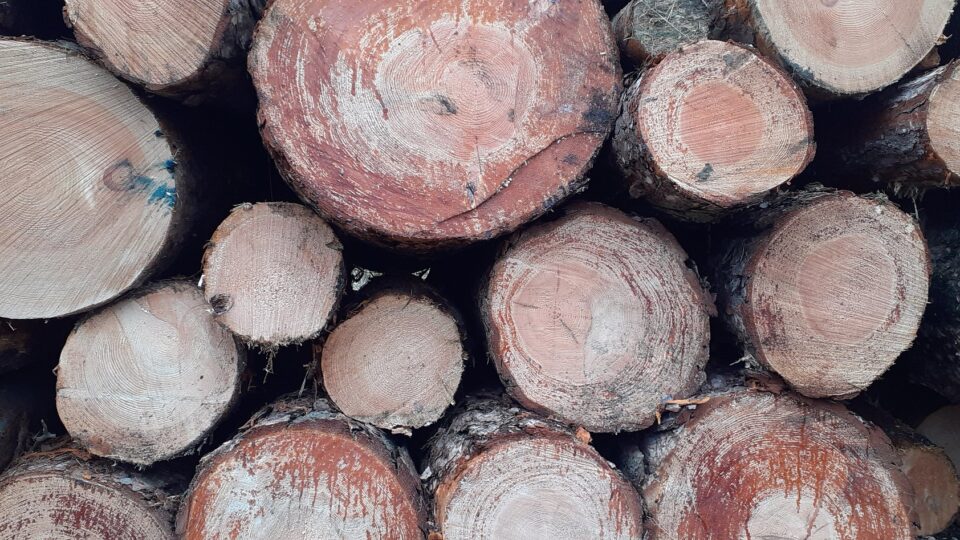Forests are known to be a key natural solution to the increasing amounts of carbon dioxide in the atmosphere. For this reason, there are widespread efforts to plant more trees around the world and to prevent increasing deforestation for development and agriculture. But a new study has highlighted the fact that wildfires in the western US are degrading the potential for forests to help curb climate change.
The study has established a baseline for how much carbon is currently stored in Western forests, how that amount is changing, and how fires and droughts are affecting the ability of the forests to mitigate climate change.
The study made use of survey data collected by the US Forest Service to estimate how much carbon is stored in 19 ecoregions across the West. These ecoregions range from hot and dry areas in the Southwest to the wet and cool regions of the Pacific Northwest.
The study reveals that the carbon stored in living trees declined across much of the Western US between 2005 and 2019. Carbon stored in dead trees and woody debris increased. These things do not provide long-term carbon storage. Instead, they release it back into the atmosphere through decomposition or combustion in forest fires.
The increasing frequency and intensity of wildfires, especially since 2020, indicate that the decline in live carbon stored in the forests will become increasingly pronounced. The result, according to the study’s authors, is that we cannot rely on increasing carbon storage in Western US forests. It may be possible to increase the stability of carbon storage in the forests with mechanical thinning and prescribed burning, but the carbon carrying capacity of those forests is not likely to be what is needed.
**********
Web Links
Forest carbon storage has declined across much of the Western US, likely due to drought and fire
Photo, posted July 25, 2021, courtesy of Felton Davis via Flickr.
Earth Wise is a production of WAMC Northeast Public Radio
